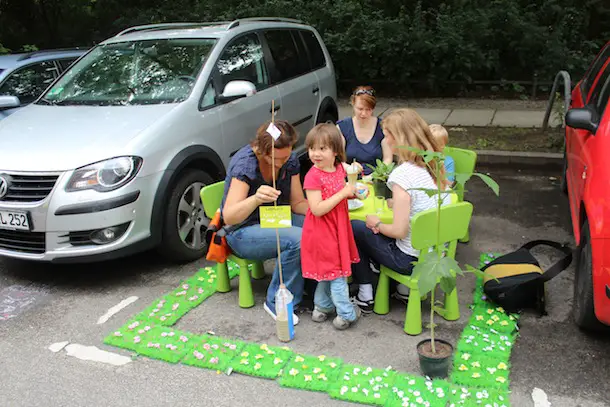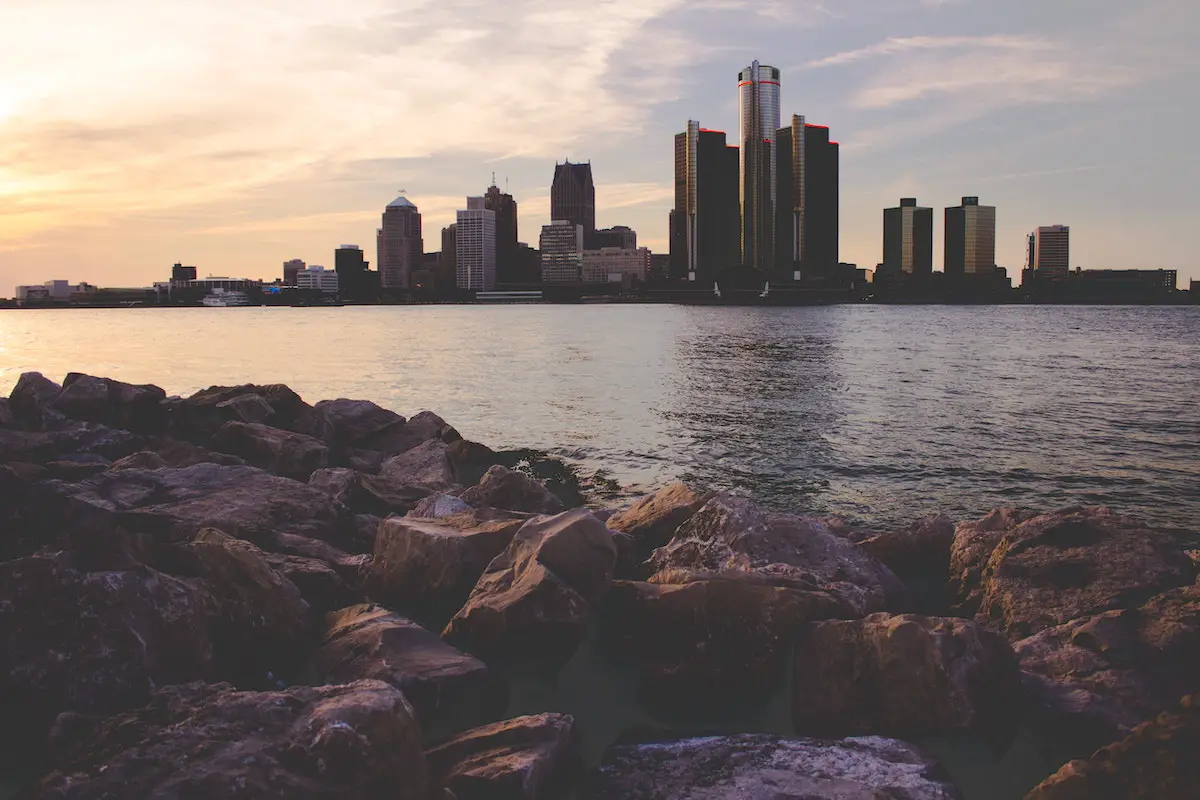Creativity is the golden goose of urban renewal. Cities that find themselves in economic stagnation (or decline) are now enacting policies to encourage the creativity of their inhabitants (and to attract the ‘creative class’), all with the prospect of stimulating economic recovery and urban renewal. What form this takes however varies considerably. On the one hand, varied community-led artistic programs (the recently revived Chicago Cultural Plan is a good example of this); on the other, expensive infrastructural mega-projects (such as cultural quarters and media cities) that are planned and paid for by public-private partnerships. Many cities around the world are experiencing both of these ‘types’ of cultural and creative resurgence. However, getting the balance right is difficult to achieve, harder to maintain, and requires a whole different set of people, institutions and communities to those who are often considered in many existing policy drives.
Dubai is a city that has a history of (and is infamous for) large planned urban projects. Dubai Media City from example, is one of the city’s freezones, designed to allow foreign companies to set up base without the need for a local Emirati partner in ownership. These freezones are often commodity specific; there is one for healthcare (Dubai Healthcare City), gold and diamonds (Gold and Diamond Park), biotechnology (Dubai Biotech Research Park) and so on. So Dubai Media City was initially designed as an area of the city for ‘media’ companies, with no extra provisioning for their specific needs. Despite this, Dubai Media City has spawned a concept that has developed in other cities around the world (Seoul, Copenhagen, Salford and Abu Dhabi for example).
Despite the relative economic success of this concept, it cannot sustain a successful ‘creative city’ by itself. Now in the lexicon of the city’s government, the balance of corporate creativity and community creativity requires much more in the way of the latter in order to justify the former. This is why Dubai’s emerging ‘grassroots’ creative and artistic scene is so critical, if it wants to be considered a creative city on the global stage. Often upstaged by the new iconic skyscraper being built across the road, or the new off-shore luxury housing estate on reclaimed land, Dubai has a growing number of institutions and initiatives that are showing signs of creating a sustainable base of artistic creativity. Below I pick out a few that stand out…
1. The Pavilion Downtown Dubai
Being a freelancer or a creative entrepreneur in Dubai does have challenges. It can be expensive, and you are required to have an office space when working from home is often the better option. In the UK, incubator spaces (such as the Custard Factory in Birmingham or the Islington Mill in Salford) have proliferated as flexible, cheap workspaces for start-ups, artists, freelancers and young entrepreneurs. They are critical in fostering a culture of creativity and entrepreneurialism. The Pavilion in Dubai then is just such a place. It offers communal work spaces, a small cinema and an exhibition space and two of the most important ingredients of all for a creative milieu, free Wi-Fi and a coffee bar. The Pavilion is of course as ‘planned’ as the rest of the surrounding city, but it has been tailored for micro-business ventures, which are part of the economic landscape that is often unrecognised, but increasingly critical to sustainable urban creative environments.
This was an initiative inviting so-called ‘iPhoneography’ (where people take photos of what they perceive to be ‘their Dubai’, and tag it for social media viewing) with an exhibition staged at the Jam Jar gallery in June 2012. Much has been made recently of DIY urbanism and the potential regenerative characteristics it can engender, and events like #SoleOfTheCity, while not producing hard urban community infrastructure, aid in giving a platform to the creativity of individual urbanites. Small-scale creative initiatives like this are critical in fostering a ‘buzz’ within a city (often sought after by urban governance), and while temporary (in this case at least), it offer community-based creativity that needs to sit alongside, and more importantly, interact with the large-scale planned creative industry projects.
3. Dubai Community Theatre and Arts Centre
Squeezed into the Mall of the Emirates, underneath the opulence of the largest indoor ski slope on the planet, sits the rather unassuming Dubai Community Theatre and Arts Centre (Ductac). Even the spatiality of this place, being hard to find and on top of a car park, suggests how much of an after-thought this place has been in relation to the mega-projects it is slotted into. However, despite the location, Ductac is a hive of activity, with large numbers of children and students filling the numerous art rooms. Marketed as an “entertainment and educational centre”, it is catered for the many families of the large expat community of Dubai. This area though feels too much like an addendum to the city, a cultural after thought when it needs to be so much more. It’s cultural provisioning speaks to the desire for the cities inhabitants for cultural expression beyond pure consumption of the spectacular, and as such, needs to be part of a cultural milieu that should be thrust into the mainstream of the city.
Set in the old industrial districts of Quoz, this planned redevelopment has turned old industrial buildings into a collection of galleries that is informally referred to as Dubai’s bohemian quarter (a very cunning viral marketing campaign it would appear). Many artists and collectives will exhibit in one of the many galleries situated here, and the communal coffee house lubricates the gears of creativity with the all-important caffeine and free Wifi. While still operating within the often over-bureaucratic legal framework of Emirati employment models, this area deliberately positions itself as a art district that tries to mix the innovate milieu of a production cluster, with the buzz of a consumption hot-spot.
Dubai, as has often been written, is a city that belies any traditional framework of urbanity. It’s gargantuan real estate developments coupled with its often criticised insouciance of community and culture make it a city that will inevitably struggle to be considered a creative hub in the style that has been precipitated by Western cities. With a highly transient population that has a lack of engagement with the city (understandable, given that they could well be shipped out at a months notice), the city has had to formulate an urban creative buzz that has a qualitatively different ethos to that of other world cities. Yes it is manufactured, manicured and manipulated – but the geography of creativity is irrevocably Dubai.
Photo: PlannedCity


